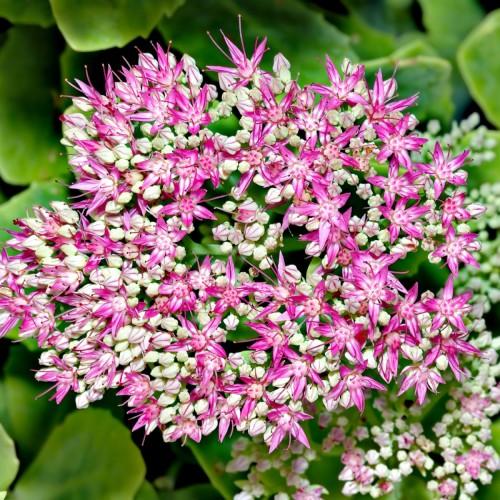
showy stonecrop
Hylotelephium spectabile 'Meteor'
Cycle:
Herbaceous Perennial
Watering:
Minimum
Hardiness Zone:
3 - 9
Flowers:
Flowers
Sun:
Full sun
Leaf:
Yes
Growth Rate:
High
Maintenance:
Low
Salt Tolerant:
Yes
Care Level:
Medium
watering
It is important to keep the soil of showy stonecrop (Hylotelephium spectabile 'Meteor') evenly moist during its active growing season from spring to autumn. Water regularly, ensuring that the soil does not dry out. Avoid wetting the leaves as this can encourage fungal diseases. During dry spells, water deeply once or twice a week. During the winter months, reduce watering, only if necessary, as the plant is semi-evergreen and less actively growing.
sunlight
Showy stonecrop (Hylotelephium spectabile 'Meteor') does best with full sun, which means it needs at least 6 hours a day of direct sunlight in order for the plant to grow and thrive. During the summer months, it can handle more sunlight, as it can tolerate up to 9 hours a day of direct sunlight. In the winter, however, it needs less sunlight, as it can handle 3 to 5 hours of direct sunlight a day. It is important to note that while showy stonecrop can tolerate some shade, it performs best when it is getting full, direct sunlight.
pruning
Pruning of showy stonecrop (Hylotelephium spectabile 'Meteor') should begin in the early spring when new growth appears and continues throughout the season when needed. This will help keep the plant healthy and compact. When pruning, all old and dead foliage should be removed up to 1 inch from the crown of the plant. Pruning throughout the growing season will also help promote the plant’s blooms and encourage more branching. If the plant becomes too large, hard pruning can be done in the late fall. This will help contain the size of the plant and reduce its chances for pests and diseases.
